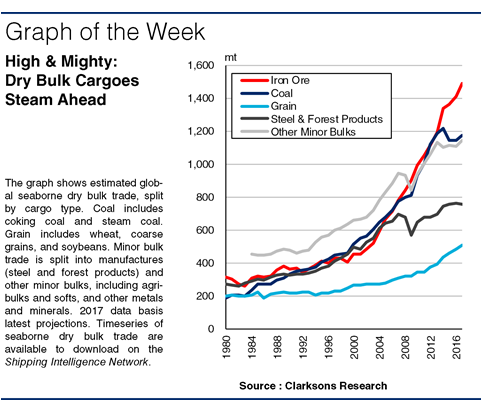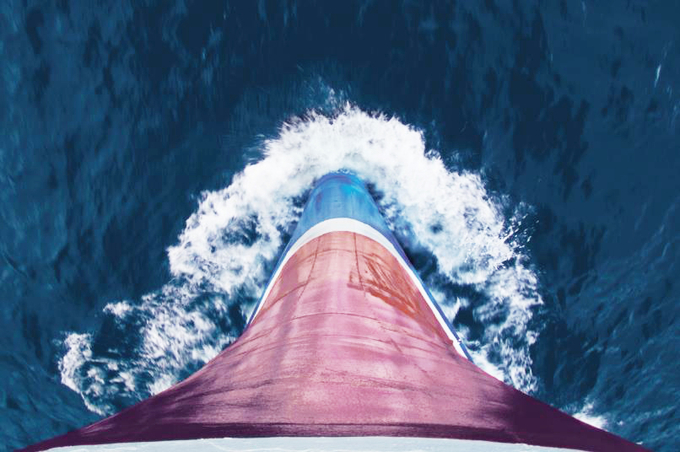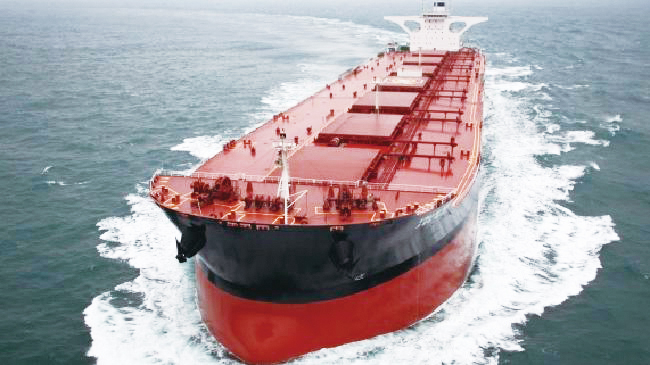
By the late 1800s, the shipping industry had been transformed by the introduction of steam power and iron ships. Coal and grain were two of the most important cargoes, alongside timber, sugar, cotton and tea. While technology, the sheer scale of the business, and the global cargo mix, have of course all changed since then, dry bulk cargoes have retained a position at the heart of global seaborne trade.
In 2016, seaborne dry bulk trade totalled 4.9 billion tonnes. That’s equal to 44% of world seaborne trade, by far the highest proportion of any cargo group, followed by oil with a 27% share. From the early days of the industrial revolution, dry bulk goods fuelled the world’s industry, and they still do so today, although the drivers of expansion have shifted. Looking at the recent history, dry bulk trade has gone through a rather rocky patch, but some cargoes have still steamed ahead.
Today, seaborne trade in iron ore is the largest of any dry bulk cargo in terms of volumes, with 1.4 billion tonnes shipped in 2016, 13% of global seaborne trade. In the early 1980s, iron ore was the biggest individual dry bulk cargo, although lost the top spot to coal in the 1990s. However, the meteoric rise of China’s steel industry in the 2000s propelled trade in iron ore to new heights, with growth in Chinese imports accounting for 94% of expansion in global iron ore trade between 2000 and 2014.

Whilst coal trade has taken a breather since then, iron ore has pushed on, supported by major mine expansions, despite concerns about the Chinese economy (particularly in 2015). While iron ore and coal trade were a similar size in 2013, by 2016, iron ore trade was 25% larger than coal trade.
In the late 19th century, it was coal that was the dominant cargo, with around 50mtpa shipped. Today, it is still the second largest dry bulk cargo at 1.1 billion tonnes in 2016, but it has had a bumpy ride of late. Having grown fairly steadily between 1980 and 2008, coal trade was significantly boosted in 2009-13 by China raising imports to supplement vast domestic output. By 2012, China was the largest coal importer globally, but a 31% drop in imports in 2015 led to a 6% decline in global seaborne coal trade that year. While coal trade has now returned to growth, rising environmental concerns in many countries could limit expansion.
Outside of the two largest cargoes, grain trade, which in the early 1980s was a similar size to coal trade, has expanded steadily, but not as dramatically as the more significant commodities, and totalled 481mt in 2016. Meanwhile, minor bulk trade, which was dented by the global economic downturn, has still risen considerably, but was hit again in 2014-16 by Indonesia’s raw mineral export ban.
So, hundreds of years have passed, but dry bulk remains shipping’s largest cargo type. Some cargoes have fared better than others, but despite the challenges still present today, nothing yet looks like it will easily knock dry bulk off its top spot.
(Source : Clarkson Research Services Limited)

















